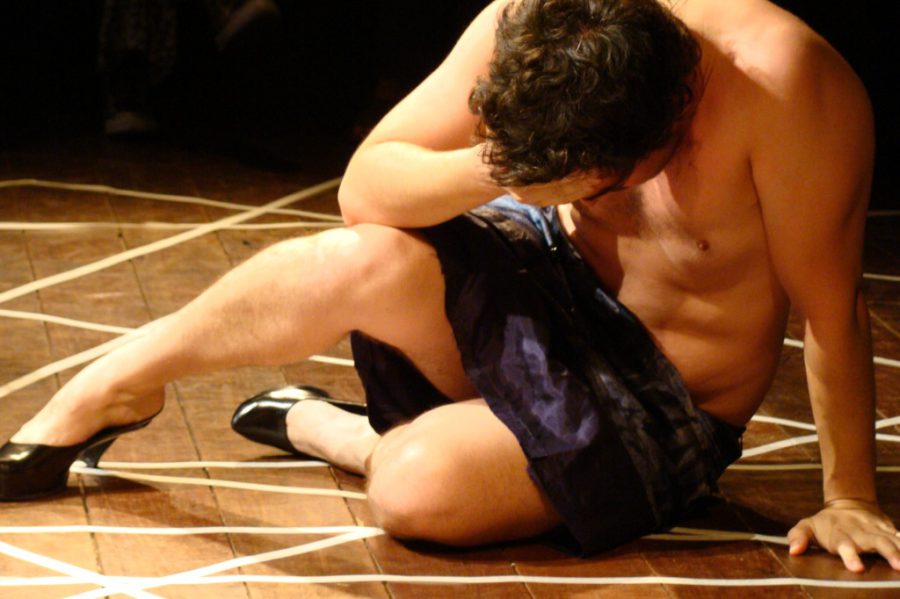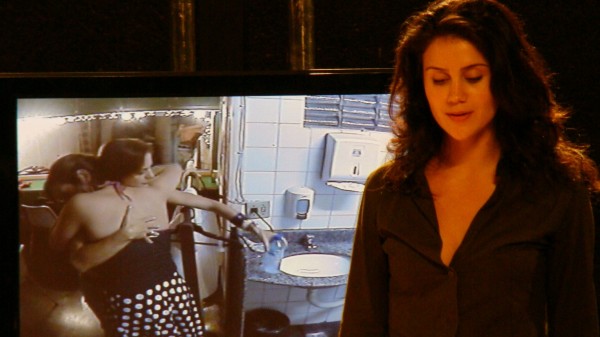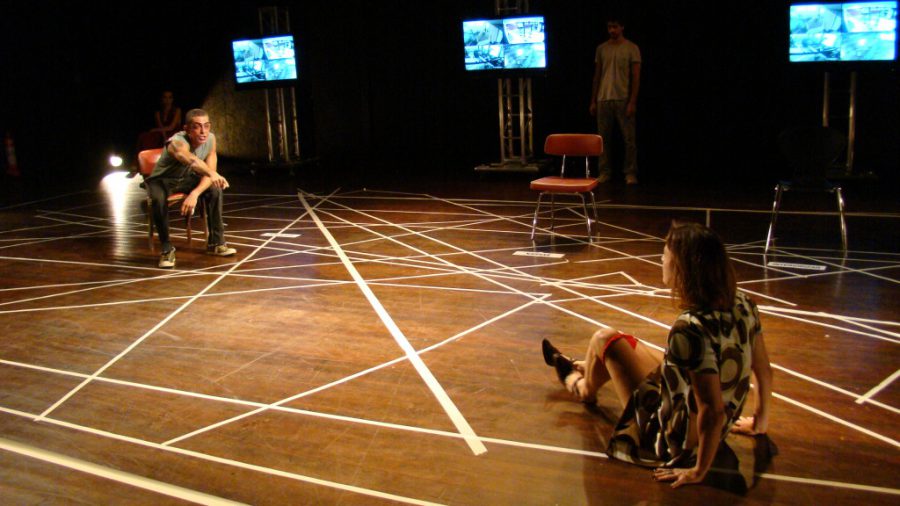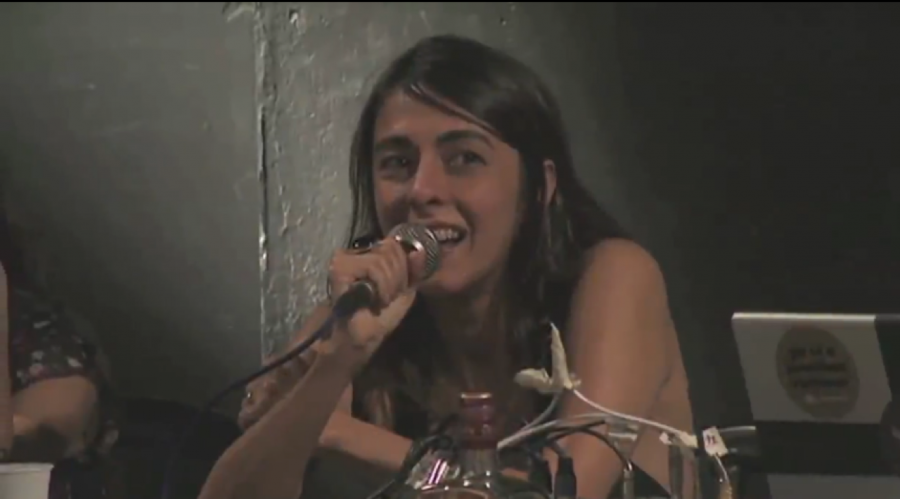Straight Cut
2009
Life often gives us warnings. It could be an accident, an unexpected discovery, a crime or even something more banalwhich interrupts the course of a particular story, forever changing its trajectory. It’s not for nothing thatDry Cut, the new play by director Christiane Jatahypresents abrupt interruptions that happen in life and –experiments by “breaking” the conceptof the traditional theatrical narrative. The director edits the play on stage daily,by changing the order of the scenes and ending them at different places in the narrative. Corte Secois the last piece in the trilogy A chair for solitude, two for the dialogue and three for society, which began with the monologuesConjugadofollowed by A Faltaquenos Move
The piece premiered in November 2009 at the Sergio Porto theatrein Rio de Janeiro and was hugely successful with critics and audience alike. It was highly praised by the critics of Globo, Jornal do Brasil and Veja Rio. In February 2010, it premiered in São Paulo at SESC Anchieta Theatre, where it ran for 2 seasons with critical acclaim.It received rave reviews from major newspapers (see press). The play was nominated for a Best Screenplay Award APTR by the critics of Rio de Janeiro and Best Director Award 2010 by Shell.
In the director’s own words: “The play leaves all the structures of the drama visible. The audience seehow the actors create the show live. I’m on stage with them, along with the sound and light crew and which creates a scene of our day-to-day work.”
Some of Christiane’s references for the project include the book ‘Cheap’ by Walter Benjamin, the film ‘Short Cuts’ by Robert Altman and “Code Unknown” by Michael Haneke. ‘It is a performance made up of multiple pieces, where various focal pointsnavigate from reality to fiction. Like a puzzle, where the pieces are cut and then reassembled each day,”explains the director. She stresses that despite presenting a different show each day, the show is not improvised. “Although there are possibilities to improvise we are not working with this concept.” she says.
By experimenting with some of the more established theatrical traditions like showing for example how certain scenes are constructed even before they have been presented, the play exposes it’s structure to the audience.Corte Seco retains some featuresfrom the other parts of the trilogy: includingthe 2004 monologue Conjugado with Malu Gall, and A Faltaquenos Move from 2005 which, after ending a long run, became afilmdirected by Christiane Jatahy.
The three projects have thematic affinities, such as their approach to patterns and behaviors developed in social and family relationships. Additionally the setspresent the theatrical play as a metaphor forthe border between reality and fiction, includinga playwriting rehearsal process based on real stories.
In Corte Seco the onstage scenes of reality are literally, more explicit. The images captured by security cameras installed in the vicinity of the theater are displayed live on several TV monitors built into the sets. These scenes take place inside and outside the stage area. The street, backstage, dressing room andsurrounding areas become part of the theatrical scene.





